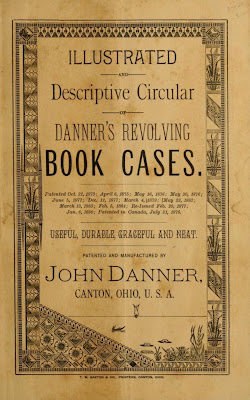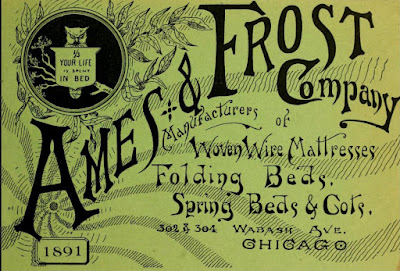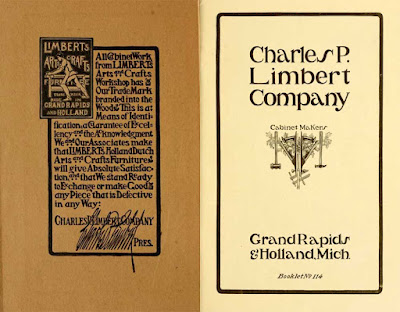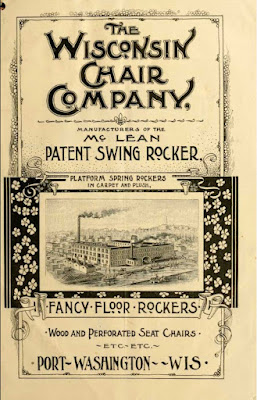Minnesota ephemerist Gary Hornseth recently pointed his Twitter followers to the online collection of the Winterthur Museum Library. As he put it,
I had not heard of the Winterthur Museum Library of Winterthur, Delaware until this morning, but if you like browsing obsolete supply catalogs, the many within its collection posted to @internetarchive will occupy you for a while.
Given that it's in Delaware, you probably won't be surprised to hear that Winterthur https://www.winterthur.org was the home of Henry Francis du Pont. It's now a 60-acre garden, research library, and museum of the decorative arts, with its 175 rooms filled with a collection of almost 90,000 items from this country and its predecessor colonies since 1640.
As Gary said in his tweet, looking at the collection is a major rabbit hole.
Here are three of the images Gary shared:
This Frank Williams Company cover cracks me up because, despite all those illustrations and details, I can't tell what the company sells. Well, that's not quite true: if you click to see the enlarged image and you look closely at the side of the factory building in the circular inset, you can just make out the obliquely rendered lettering, which indicates the product is high art pictures, picture frames, and mouldings.
John Danner (of Canton, Ohio) had a whole catalog of revolving bookcases.
I love the Art Nouveau lettering of the Ames & Frost Company catalog. (It's probably more interesting than the products inside.) I also like the owl who tells us that we spend 1/3 of our lives in bed.
When I visited the archive myself, I found more treasures:
Boston's George Carnes' New Emporium for Boys' Clothing has page after page of the best fancy typesetting of 1850.
I don't know what this catalogue of crayon portrait artists was. I think the artwork is for sale, but I'm not sure. Maybe it's a promotion for the artists themselves? Whatever it's for, the lettering and decorative accompaniments are high Victoriana.
My first reaction to this Larkin cover is that, while I like the illustration, I have no idea what a Factory to Family Plan is. Looking through the whole catalog (186 pages, 1915), it appears to be a one-stop mail-order source, with a factory in Buffalo and warehouses in Chicago, Philadephia, and Peoria. You could join up with nine other families to bulk order and get discounts... there were saving stamps... it was quite an operation. Larkin started as a soap company in 1875, but rapidly grew to an integrated sales operation. Its 1906 Buffalo headquarters was designed by Frank Lloyd Wright. But it has disappeared from view to the point where there is almost nothing about it on the interweb. As the linked site above says,
By the mid-1920s... National chains like A&P grocery stores and Woolworth’s presented stiff competition. Automobiles made going shopping easier, causing mail-order businesses to become less popular. Perhaps the greatest influence in Larkin’s demise was World War I, which had brought many [women] out of their homes and into the workforce, weakening the Larkin sales structure. The crippling economy during the Great Depression also impacted the company.
Between 1924 and 1926, all of the company’s top leadership either retired or passed away, including Larkin himself. Having failed to pass along knowledge and nurture younger leadership, the company was left with little expertise, leading to the company’s gradual closing.
Three pages of Arts and Crafts style from the Charles Limbert Company of Holland, Michigan.
Crazy lettering on this catalog for Wisconsin Chair Company (though not always the best letter spacing).
And finally one from 1976: this cover of The Tourist was quite a contrast in the midst of so many 19th and early 20th century covers.
I have to mention that I found it startling to see these types of images interspersed with covers of books that I own, such as the Walker Art Center's exhibit guide Graphic Design in America and John Berger's classic Ways of Seeing.













1 comment:
I didn't know the Winterthur collection had that kind of thing too -- I only know it in the context of textile arts. They have a lot of embroidery.
Post a Comment